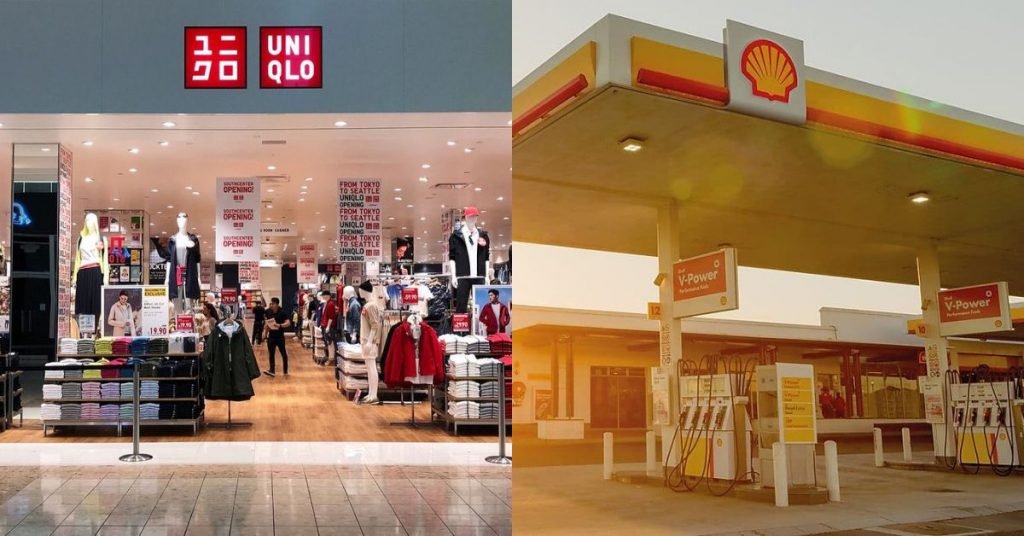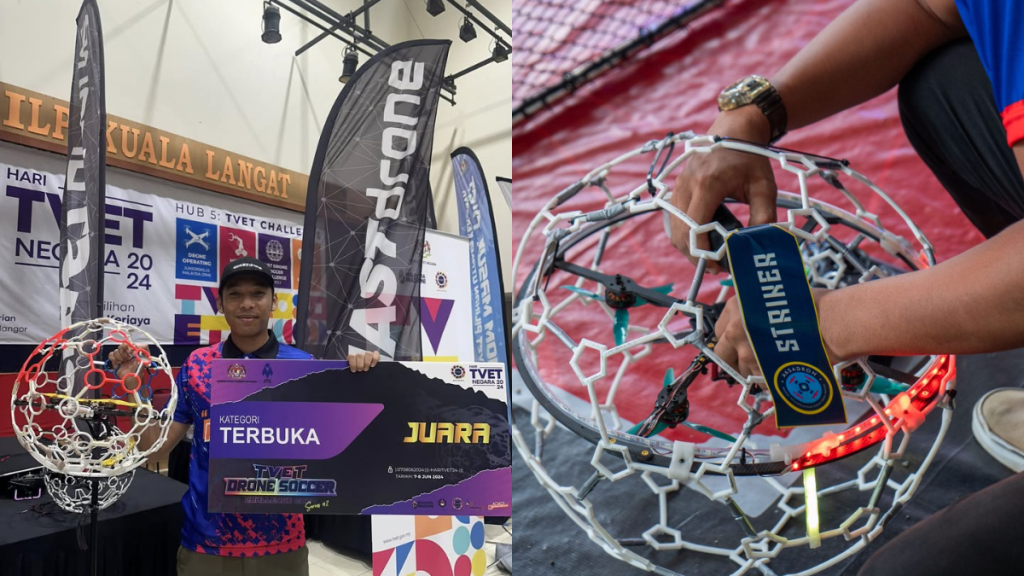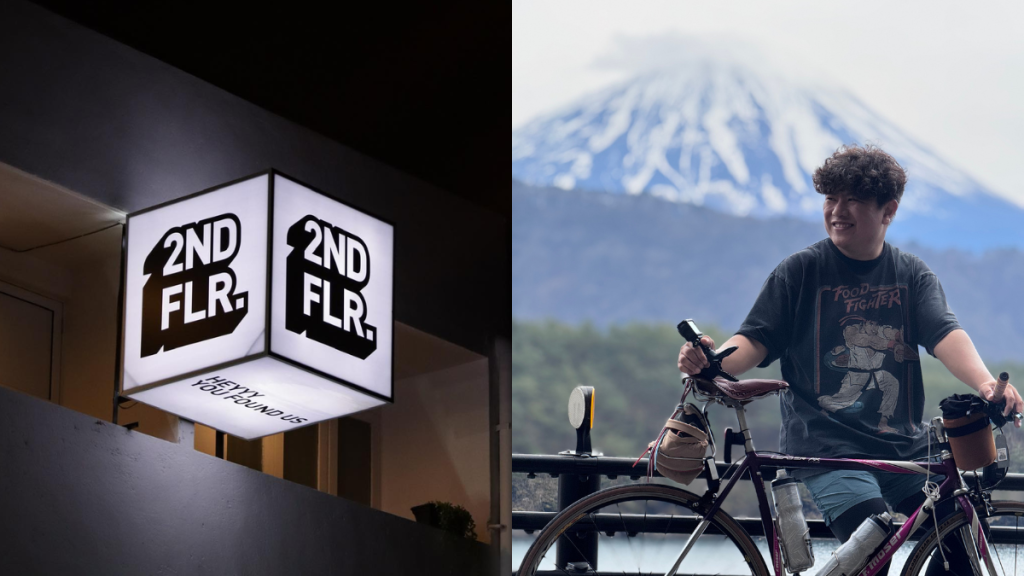Did you know that the brand name Nike is taken from Nike, the goddess of victory in Greek mythology?
It could have been named something completely different like Dimension Six, Peregrine or Bengal. Thankfully, they landed on the name that we now associate with their iconic swoosh.
With my curiousity sparked by the story behind this brand name, I compiled a list of other familiar brand names that have interesting origins you may not be aware of, in no particular order.
1. Apple
Everyone knows Apple, and while the number of Android users in Malaysia may dwarf iOS users, you can’t deny that it maintains an air of interest and popularity surrounding each new release of an Apple product.
As an Apple user myself, I’ve never made an effort to Google it myself until now, and here’s what I found:
“It sounded fun, spirited, and not intimidating,” Steve Jobs described of the word “apple” in his biography by Walter Isaacson.
This was after a visit to the All One Farm where he had pruned some Gravenstein apples. Steve Wozniak, his business partner, had just created their first computer and they now needed to come up with a company to sell their product under.
Having just come back from the farm and being on a fruitarian diet, Steve Jobs pitched the idea to Steve Wozniak in the car from the airport to Los Altos. Lo and behold, Apple was born. It was a simple and friendly name, and a plus was that it would put them alphabetically ahead of Atari, an arcade game company, in the phonebook.
2. Huawei

Founded in 1987 by Ren Zhengfei in Shenzhen, China, the name Huawei has been making the rounds in a lot of recent news thanks to the continuing U.S. ban on Huawei.
Some of its popular phones are the P30 and P20 along with the Pro versions. If you’re unfamiliar with Chinese pinyin, you might assume that it’s taken from someone’s name upon first hearing or seeing it.
Huawei in fact has a pretty literal meaning behind it, one that might seem pretty unsurprising to most. Its name is written as 华为—with the first character meaning “China” or “Chinese” and its second character meaning “achievement” or “action”.
Simply put, the two characters combined come to mean “Chinese achievement”.
Indeed, Huawei has risen to become one of the world’s largest smartphone manufacturers, second only to Samsung Electronics in 2018, and it remains to be seen if the continuing dispute with USA will slow them down greatly.
3. Milo
It’s hard to deny that Malaysians love Milo (see the Quora thread of “Why is Nestle Milo so popular in Malaysia?” for some theories on why).
In local coffeeshops, you’ll find an array of Milo-themed drinks like Neslo (a Milo-Nescafé fusion), Milo Dinosaur (a regular Milo drink heaped with Milo powder on top) and even Milo Godzilla (iced Milo topped with a scoop of ice cream and drizzled with strawberry sauce).
The powder drink is often advertised with visuals and messaging as being good for kids who lead active, sporty lifestyles, as it claims to provide energy. This became a subject of controversy last year when it was the center of a video calling out certain products that were marketed as “healthy” but had high sugar content.
But back to that name; it took inspiration from Milon of Croton, a 6th century BC Greek athlete who won six Olympic events. He was known for the myth of him being strong enough to lift a young bull upon his shoulders.
It is this legend of Milon’s that captures Milo’s marketing in Malaysia as a drink suited for active lifestyles.
4. Uniqlo
A much beloved clothing brand store globally and here in Malaysia, you’d never guess that the name Uniqlo was the result of a mistake.
Uniqlo prides itself on its innovative, functional high-quality clothing that comes with affordable prices. Many of my staple pieces in my cupboard are from Uniqlo, and I own multiples of them, too. Their clothing is the hallmark of the smart-casual look while being comfortable to wear.
The error that made Uniqlo the beloved brand name it is today was thanks to someone in the registration office.
The worker had misread its original name of “uni-clo” (an abbreviation of “unique clothing”), mistaking the “c” for a “q”, and hence Uniqlo was born.
Following this mistake, the company swiftly took it in stride and rebranded accordingly and the brand has steadily kept its upward-climb in the clothing industry.
5. Dutch Lady
A staple in many a Malaysian’s refrigerator, a lot of us grew up with Dutch Lady milk or its yoghurts sitting in the fridge door. It’s been around since the 1960s and is a Malaysian subsidiary of FrieslandCampina, a Netherlands-based business.
The name Dutch Lady isn’t just from some common stereotype of a Dutch milkmaid with her braided hair and bucket of milk, if that’s what you’ve always assumed.
Dutch Lady claims that its name comes from its rich history dating back to 1871, when Dutch farmers came together to create a community dedicated to sustainable farming.
Initially, the brand was named Dutch Baby but was later changed to Dutch Lady following company modernisation.
6. Gong Cha
A personal favourite of mine for bubble tea, Gong Cha keeps their products simple and affordable.
Originating in 2006 from Kaohsiung, Taiwan, it entered the Malaysian scene in 2009 and experienced immense popularity that died down a little with the current saturation of bubble tea chains.

According to their own website, Gong Cha’s name is derived from the term “gong cha”, written as 貢茶 and can be translated to mean “the ancient act of offering tea to royalty”.
The brand’s aesthetic certainly seems to be refined and elegant and their logo is reminiscent of a sign made by a Chinese seal with red ink.
7. Kleenex and Kotex

Another household name is Kleenex; we have their tissues in our bags, on our dining tables and coffee tables. They explain how they got inspiration for the name Kleenex from their first consumer product in 1920, Kotex, a feminine napkin, more commonly known as a period pad.
The name Kotex was first derived from “cotton texture”. It was decided upon because it was short, easy to say and explain.
After that came the Kleenex tissue, originally designed as a cold cream remover. To convey its cleansing purpose, the brand took “Kleen” from “clean” then added the “ex” from Kotex to mark the beginning of a family of products. Today, they’re one of the most well-known brands for tissues and pads that we reach for in times of need.
8. Darlie
This toothpaste brand is one we often see on the shelves of pharmacies or supermarkets. Darlie seems innocuous today, but it had rocky beginnings with its choice of naming and logo.
Originally established in 1933 by a Chinese company called Hawley & Hazel, its first name was Darkie. Its CEO had been inspired by blackface performer Al Jolson and thought that the image of a wide smile with exceptionally white teeth would make a good logo.

When Colgate bought over the brand in 1985, the toothpaste faced backlash over its racially-insensitive name and logo from religious groups, African Americans and company shareholders.
Darkie was then changed to Darlie but remained undistributed in the Western sphere, only being sold in Asia.
9. Shell
One of the biggest petrol companies in the world is Shell. It’s been around for over a hundred years and its name first appeared in 1981.
Marcus Samuel and Company was a small London business that dealt oriental seashells, amongst other things, that were popular with Victorians as trinket box decorations. These seashells became so popular that they formed the basis of the company’s profitable trade with the Far East.
So, when Samuel started shipping kerosene to the Far East, he used Shell as a trademark and later formed the Shell Transport and Trading Company.
10. Lego

Lego is a brand that enjoys unwavering popularity all over the world among people of all ages.
Best known for their toys made of building blocks, they’ve since branched out into video games, films, and theme parks. In 2015, Lego even overtook Ferrari as the world’s most powerful brand, according to Brand Finance’s Brand Strength Index.
The company name came about from an abbreviation of the Danish words “leg godt” which mean “play well”. It’s a very fitting name, since the whole point of their toy empire is to provide quality play-time to children and even grown-ups. Lego toys don’t just provide play, they also can help develop children’s cognitive ability, imagination and creativity.
Featured Image Credit: Uniqlo / Shell















